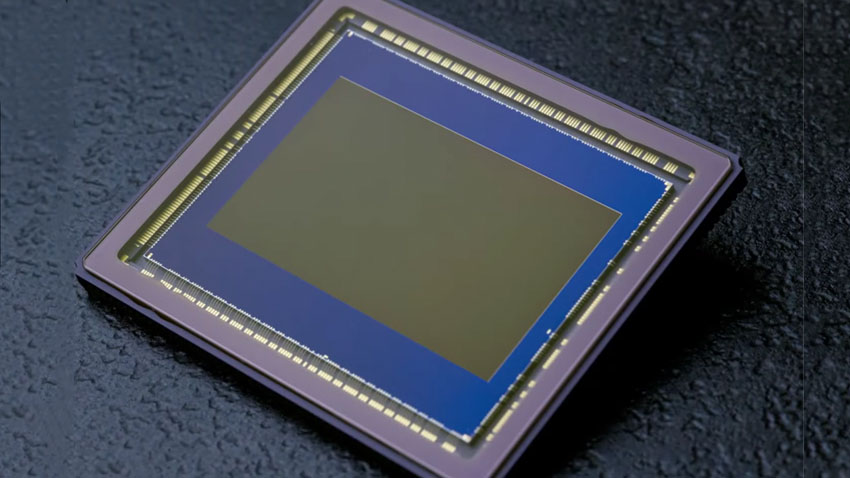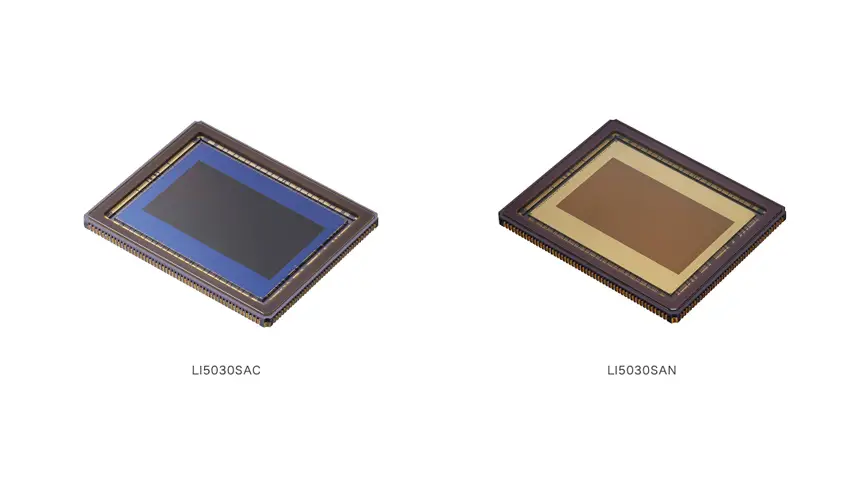Canon looks to be adding Global Shutter shutter support for their next generation of full-frame image sensors. In a recent announcement, the company provided details on the development of a new sensor design, which has been developed for commercial and medical applications. Could we see global shutters coming to Canon Cameras soon? Well, probably not anytime soon.

Image Credit – Canon
A global shutter design has several advantages, the chief of which is that the camera captures the entire image all at once, thereby eliminating any wobbly rolling shutter issues when moving the camera.
Image distortion will also be a thing of the past, and photographers will welcome the ability to sync flash at any shutter speed without the need for a high-speed sync device.
Traditionally, a full-frame image sensor has missed out on Global shutter support in favor of smaller image sensors due to the expense of adding the feature. As such, only higher-end cinema cameras like the Canon C700GS and RED’s Line of High-performance cinema cameras are.
Moreover, most consumer-grade cameras suffer from the most extreme effects of a rolling shutter, which include image distortion and wobbling, especially during “whip pans” and other camera movements.
And while the global shutter combats these issues, companies like RED aren’t all in when it comes to using a global shutter, or Hybrid shutter as they call it – believing that a little rolling shutter can mimic the moving effect of film a lot more accurately.
“Despite these advantages, global shutters aren’t always the best fit,” states RED’s White Paper comparing Global and Rolling Shutters. “Having a subtle rolling effect can make the footage appear more film-like. Some global shutter designs can also make sensor photosites less efficient, which can in turn compromise image noise.”

Image Credit – Canon
Regardless of the science, or which shutter produces more film-like performance, Creatives will have to wait for their chance at a global shutter mirrorless camera for the consumer and prosumer lines.
The new 19MP image sensor is packed with pixels that are 6.4 μm on the side and can capture well in low light with a resolution of 2.3 times 4k. There are two new designs, dubbed LI5030SAI and LI5030SAN, both are full-frame 19 Megapixel designs with 12-bit color and up to 57.99 frames per second.
However, the sensors were both designed for more industrial and medical applications. The SAI model also supports both visible and infrared image capture and is intended for security and industrial applications, while the SAN model is designed for electron microscopes and X-Ray detection cameras, therefore they have no color or debayering filters.
Currently, Canon has no concrete plans to include the global shutter sensors in an upcoming mirrorless or cinema camera. However, there have been rumors that the long-awaited Canon R1 has taken so long because Canon is developing a global sensor for the platform, so hope can always spring eternal.
Also, if you watch the video above, Canon obviously shot it on a Canon camera with the global shutter built in. So there’s definitely a prototype floating around the lab somewhere.
Maybe Canon will seed some of the technological advancements showcased here in a future model. It may not arrive in the first generation R1, but perhaps a Mark II model could see a global shutter arrive for filmmakers to make the most of.
[source: FStoppers]
Disclaimer: As an Amazon Associate partner and participant in B&H and Adorama Affiliate programmes, we earn a small comission from each purchase made through the affiliate links listed above at no additional cost to you.



